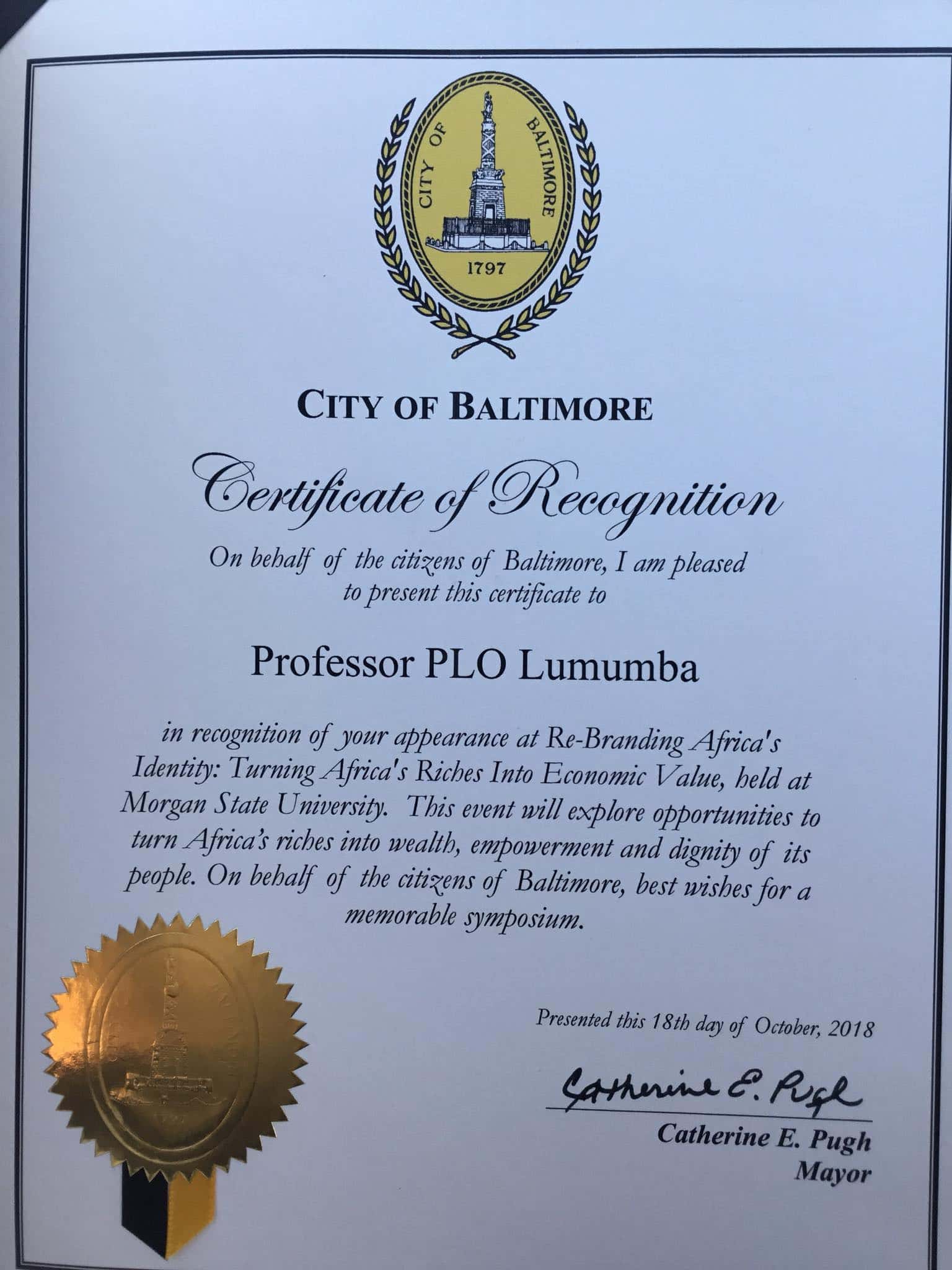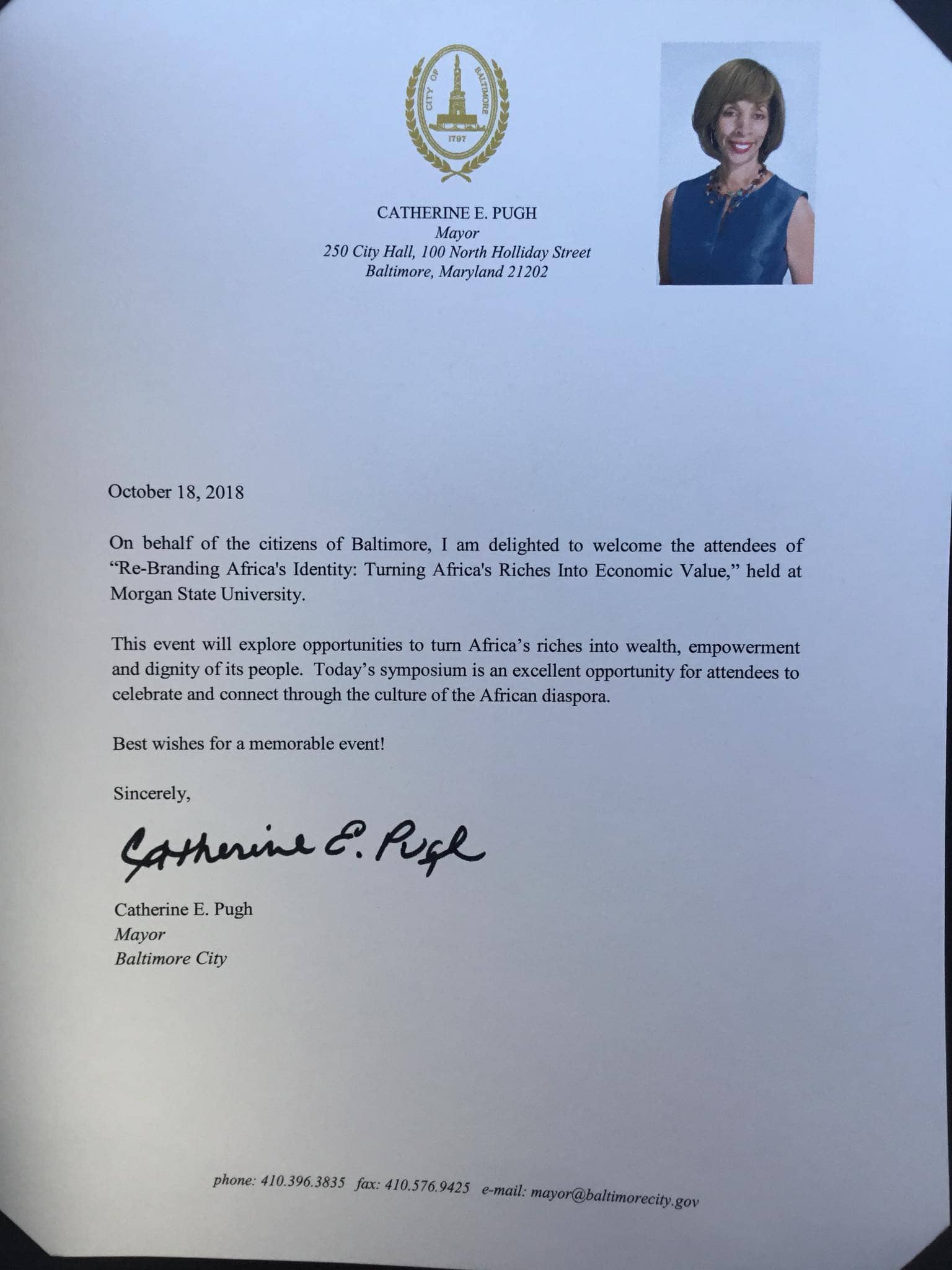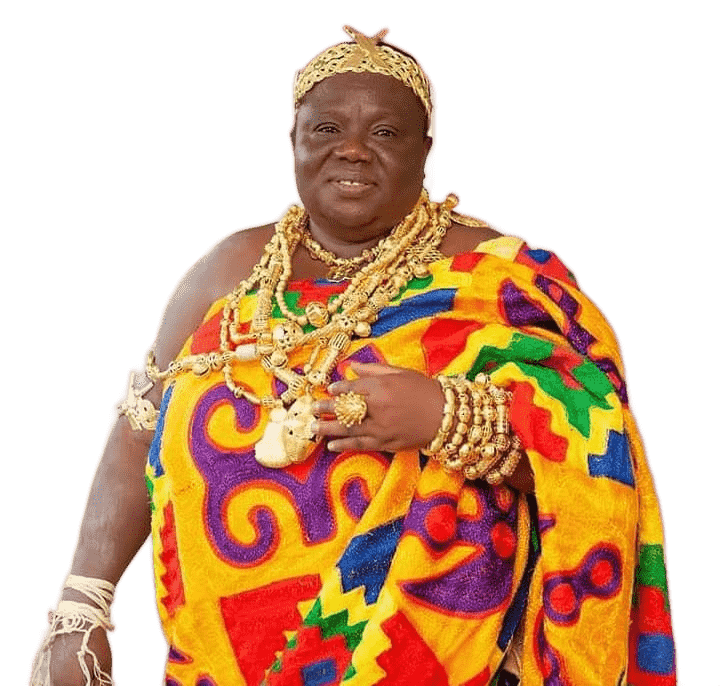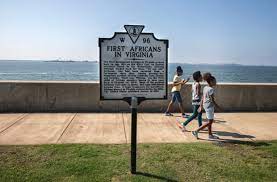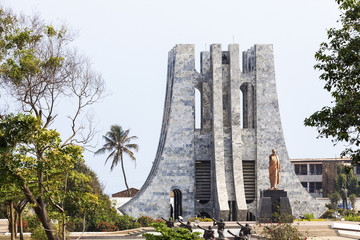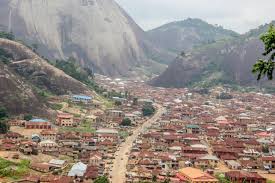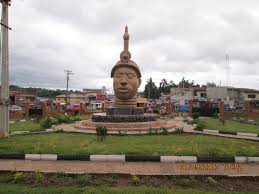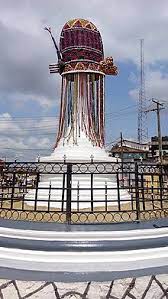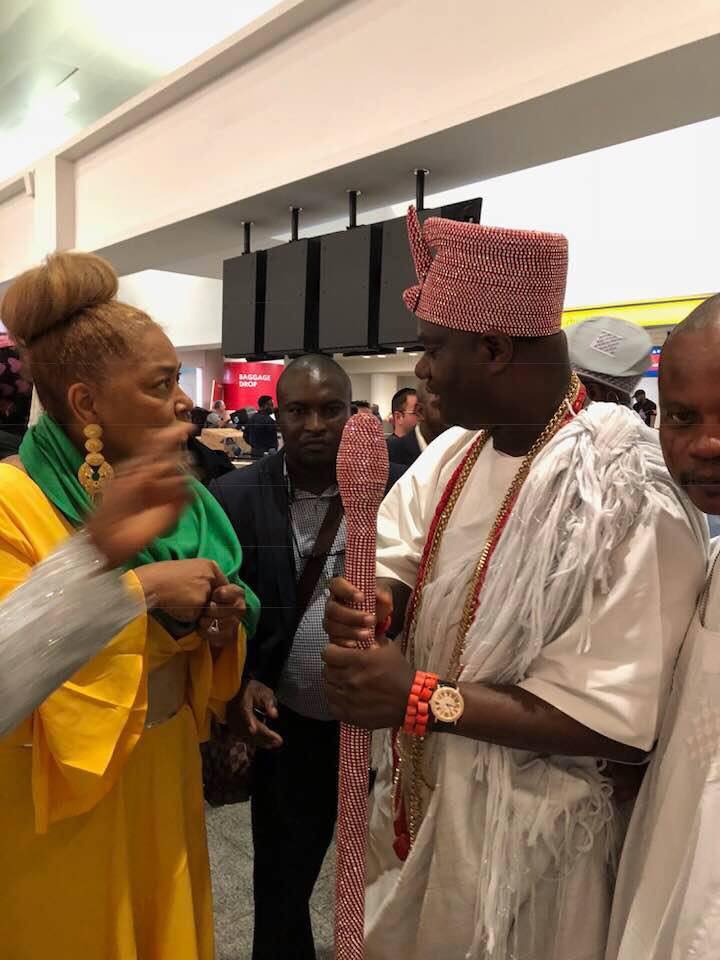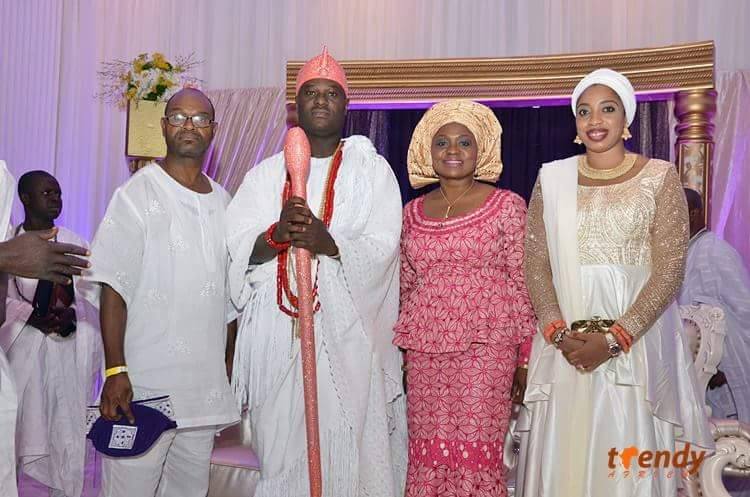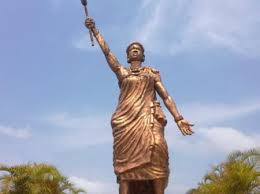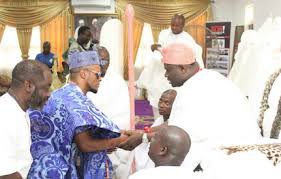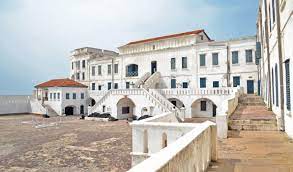Places Of Visit
We plan to organize about 500 Afro- Amerikans, Barbadeans, Brazilians, Caribbeans, Jamaicans which include celebrities in the entertainment industry, business men and women, financial experts, and students in diaspora for this year's Olojo festival and to participate in business opportunities seminars and workshops in order to identify their areas of business interest. As we promote this year's program, we will visit the historical places in Ife, Oyo, Ibadan, Lagos, Republic of Benin and Ghana as they relates to our history and trans-atlantic slave trade d to own as their first home on the motherland, to be precise, in Ile-Ife. See the following locations below for interesting places of visit.
The Ooni's Palace: At the heart of Ile-Ife lies the majestic Ooni's Palace, a sprawling complex that serves as the residence of the traditional ruler, known as the Ooni. This palace, with its intricate carvings and ornate architecture, is a sight to behold. The walls are adorned with beautiful motifs depicting Yoruba mythology and history, while the courtyards are filled with sculptures and statues that pay homage to ancestral spirits. Stepping into the Ooni's Palace is like stepping back in time, immersing oneself in centuries-old traditions and customs.
The Oduduwa Grove: Nestled amidst lush greenery lies the serene Oduduwa Grove, dedicated to Oduduwa, the mythical progenitor of the Yoruba race. This sacred site is believed to be the spot where Oduduwa descended from the heavens and founded Ile-Ife. The grove is dotted with ancient sculptures and shrines, each telling a story of the Yoruba people's connection to their ancestors and their reverence for the divine. It is a place of pilgrimage for many Yoruba people, who come to pay homage to their roots and seek blessings.
Pan-Afrikan Back To The Roots is an exclusive platform, with a modern interface and world-class customer service that promotes Bridging the gap between Afrika and Afrikan Descents in the diaspora and at home (motherland). Our tour package is full of the in-depth historical landmark.
The Orisha Obatala is central to the creation myth of the ancient Yoruba cultures of West Africa, where he is also manifest in the "white gods" of creativity and justice: Orishanla, Oshala, Oshagiyan, Oshalufon, Orisha Oko, and Osha Funfun. He also provides the moral purpose of the historical king Shango, the Orisha of lightning and thunder. Obatala is said to have descended from heaven on a chain to mould the first humans and indeed to mould every child in the womb, although he is only one aspect of Olodumare, the Almighty God, who alone can breathe life into the creations of Obatala. A saint among saints and the archetypal spirit of creativity, Obatala has been carried to many cultures of the New World, where for centuries he has been honored as the patron of children, childbirth, albinos, and anyone with a birthmark. In the New World as in the Old it is said, "Obatala marks his children." In Yoruba Oba means "king" and tala [ala] is undyed fabric, the blank canvas, which is why the King of the White Cloth is said to be a tranquil judge. Obatala is honored with brilliant white cloth, white lace, white beads and cowries, white flowers, silver coins, and silver jewelry. He is honored with white hens, snails, white melon soup, pounded yams, and other white food such as eko, fermented corn wrapped in plantain leaves. His priests and priestesses wear only white, although his warrior avatars Ajaguna & Obamoro add a dash of blood red. Ochosi, the Orisha of the hunt is Obatala's scout and surveyor and guards an inner court of the alter of Obatala in the ancient city of Ile Ife. The gentle Obatala is associated with honesty, purpose, purity, peace, the New Year, forgiveness, and resurrection, which is why some authorities associate him with Christ and the Egyptian Osiris. As the divinity of created form, "the old man" is the patron saint of artists, called the Divine Sculptor. He is also called Alamo Re Re, the One Who Turns Blood Into Children. He is Alabalashe, the Wielder of the Scepter of Life, and he is O Ho Ho, the Father of Laughter, "Who sits in the sky like a swarm of bees."
ORANFE was known to be among the set of deities that come down to earth. Oranfe was a powerful warrior, Oranfe is believed to be power behind the wind, thunder and lightening . He is referred to as Oranfe (ONILE INA, ORIRANGIGBO, ALAGEMO TOUNJE EWE GBEGBE.) THE GOD OF FIRE. Oranfe shrine was located along Iloromu Oke-ora in Ile-Ife, the source and the cradle of Yorubas. The Chief priest of Oranfe is called OBALURU there compound is Obaluru compound Ile-Ife. The Oranfe festival usually holds on Monday nine days after olojo festival in Ile-Ife, every year attracts Oranfe priest and devotes from all the Yorubaland, during this festival the following materials were used for worship: Ram, Rat, fish, snail, tortoise, kolanuts, Hen, Honey. In the olden days human being were been used (i.e killing for the ritual) and they were called them (IWOO meaning a stranger) but nowadays human being are no longer used, but instead Ram and Sheep are used. Oranfe has wive, are name is Osara and others. He was always helping people to fight against those who denied them of their rights. He assisted Obatala, the god of white, to kill Obameri along oke esinmirin river. And the place is called igbo obameri. There were so many chiefs under obaluru and this obaluru stand as a king in Oke-Ora Iloromu Ile-Ife. About igbo alapara this is a bush that they used to buried those people that were killed by thunder, and those people were cripple and hunch backed person. And difference between Oranfe and Sango.
Pan-Afrikan Back To The Roots is an exclusive platform, with a modern interface and world-class customer service that promotes Bridging the gap between Afrika and Afrikan Descents in the diaspora and at home (motherland). Our tour package is full of the in-depth historical landmark.
Pan-Afrikan Back To The Roots is an exclusive platform, with a modern interface and world-class customer service that promotes Bridging the gap between Afrika and Afrikan Descents in the diaspora and at home (motherland). Our tour package is full of the in-depth historical landmark.
Pan-Afrikan Back To The Roots is an exclusive platform, with a modern interface and world-class customer service that promotes Bridging the gap between Afrika and Afrikan Descents in the diaspora and at home (motherland). Our tour package is full of the in-depth historical landmark.
Opa Oranmiyan: Standing tall in the heart of Ile-Ife is the Opa Oranmiyan, a monumental staff believed to have been wielded by Oranmiyan, a legendary Yoruba king. This sacred object is revered as a symbol of power and protection. It is said that touching the staff can bring good fortune and blessings. The Opa Oranmiyan serves as a reminder of the spiritual connection between the Yoruba people and their ancestral lineage.
The Moremi Ajasoro Statue: standing tall at the entrance of Ile-Ife is the iconic Moremi Ajasoro Statue. This larger-than-life sculpture commemorates the bravery and sacrifice of Moremi, a legendary Yoruba queen who played a pivotal role in defending her people against external aggression. The statue itself is a masterpiece, capturing Moremi's regal presence and determination. It serves as a reminder of the indomitable spirit of the Yoruba people and their commitment to preserving their cultural heritage.
The gentle Obatala is associated with honesty, purpose, purity, peace, the New Year, forgiveness, and resurrection, which is why some authorities associate him with Christ and the Egyptian Osiris. As the divinity of created form, "the old man" is the patron saint of artists, called the Divine Sculptor. He is also called Alamo Re Re, the One Who Turns Blood Into Children. He is Alabalashe, the Wielder of the Scepter of Life, and he is O Ho Ho, the Father of Laughter, "Who sits in the sky like a swarm of bees."ORANFE was known to be among the set of deities that come down to earth. Oranfe was a powerful warrior, Oranfe is believed to be power behind the wind, thunder and lightening . He is referred to as Oranfe (ONILE INA, ORIRANGIGBO, ALAGEMO TOUNJE EWE GBEGBE.) THE GOD OF FIRE. Oranfe shrine was located along Iloromu Oke-ora in Ile-Ife, the source and the cradle of Yorubas. The Chief priest of Oranfe is called OBALURU there compound is Obaluru compound Ile-Ife. The Oranfe festival usually holds on Monday nine days after olojo festival in Ile-Ife, every year attracts Oranfe priest and devotes from all the Yorubaland, during this festival the following materials were used for worship: Ram, Rat, fish, snail, tortoise, kolanuts, Hen, Honey. In the olden days human being were been used (i.e killing for the ritual) and they were called them (IWOO meaning a stranger) but nowadays human being are no longer used, but instead Ram and Sheep are used. Oranfe has wive, are name is Osara and others. He was always helping people to fight against those who denied them of their rights. He assisted Obatala, the god of white, to kill Obameri along oke esinmirin river. And the place is called igbo obameri. There were so many chiefs under obaluru and this obaluru stand as a king in Oke-Ora Iloromu Ile-Ife. About igbo alapara this is a bush that they used to buried those people that were killed by thunder, and those people were cripple and hunch backed person. And difference between Oranfe and Sango.
The Dahomean state became widely known for its corps of female soldiers. Their origins are debated; they may have formed from a palace guard or from gbetos (female hunting teams).[42] They were organized around 1729 to fill out the army and make it look larger in battle, armed only with banners. The women reportedly behaved so courageously they became a permanent corps. In the beginning, the soldiers were criminals pressed into service rather than death. Eventually, the corps was respected enough that King Ghezo ordered every family to send him their daughters, with the fittest being chosen as soldiers.[citation needed][dubious – discuss] European accounts clarified that seven distinct movements were required to load a Dane gun which took an Amazon 30 seconds in comparison to the 50 seconds it took a Dahomean male soldier to load.
Pan-Afrikan Back To The Roots is an exclusive platform, with a modern interface and world-class customer service that promotes Bridging the gap between Afrika and Afrikan Descents in the diaspora and at home (motherland). Our tour package is full of the in-depth historical landmark.
The Amazons of Dahomey are the only documented female army in modern history and one of the world’s unresolved curiosities. As the West turns their story into fetishised cinema, their nation of origin has immortalised them in bronze. The ‘Esplanade des Amazones’ is a public square located in Cotonou, Benin. It is home to the ‘Amazon’, a 30metre high statue built in homage to the world’s only all-female army. These Amazons belonged to the Kingdom of Dahomey, a West African empire that existed from 1625 to 1894. How they came to be or what their original purpose was, is an unresolved quandary. Some sources claim that they were elephant hunters whose might was redirected to fighting neighbouring tribes and eventually the French. Other sources state that they served as royal guards to the almost erased Queen Tassi Hangbe. According to historian Bienvenu Akoha, who ascribes to the latter version of events, she was the first Amazon. After being “silently installed” as the head of the military following the death of her twin brother King Akaba, she was publicly proclaimed Queen of Dahomey once she returned from her military campaigns. In her short reign (before she was ousted by her brother), Queen Hangbe empowered women to participate in activities they were traditionally barred from, including hunting. Over time she built an all-women battalion. The Dahomey Amazons were recruited and trained from a young age making them ruthless and “more efficient warriors” than men. These warriors went on to serve the Kings that came after Queen Hangbe. One of them, King Gezo, who ruled over Dahomey from 1818 to 1858 officially integrated the Amazons into his army and installed Seh Dong Hong Beh as their leader. She is known for leading 6,000 female warriors in a war against the Egba fortress of Abeokuta in 1851. She not only took the fortress but also obtained slaves and decapitated the leader for refusing to acknowledge her because she was a female warrior. In 1882, Seh-Dong and the Amazons fought against French colonists over trading rights and won, despite having fewer arms. According to UNESCO, the Dahomey women’s army only became defunct when the Dahomey Kingdom fell at the end of the 19th century. Cotonou’s Amazon Statue This rich and unique history that was once on the brink of erasure has been immortalised in a bronze 30metre statue in Cotonou, the economic hub of Benin. The Amazon in the statue wields a machete and a rifle reminiscent of their alleged motto, “Win or Die.” As a way of reclaiming its past, and correcting biased historic accounts, Benin has used the example of Senegal’s Renaissance monument to pay homage and engrave the memory of the fearless women that protected and served their native land. “The French made sure this history wasn’t known,” said Beninese economist Leonard Wantchekon, a professor of international affairs at Princeton University, to the Washington Post. “They said we were backward, that they needed to ‘civilize us,’ but they destroyed opportunities for women that existed nowhere else in the world.” Alongside the restitution of historical treasures and the creation of Africa’s longest graffiti mural (a visual spectacle over 940 meters long that celebrates the rich history of Benin from the year 1150 to date), the statue is another valorisation of Benin’s history and culture and a tourism attraction that is true to the country’s identity. On the other side of the pond… American actor Viola Davis (a disappointing casting decision on account of her nationality, not her acting chops) is set to give what will hopefully be a stirring performance in “The Woman King.” Sony’s upcoming historical action epic was inspired by the events of the Kingdom of Dahomey and the legacies of the actual Dahomey Amazons. While Davis is likely to make us cringe with Hollywood’s standardised ‘African accent’, we are looking forward to watching the actual Africans in the ensemble, Thuso Mbedu (South Africa), Masali Baduza (South African), Chioma Antoinette Umeala (Nigeria), Makgotso Monyemorathoe (South Africa), Thando Dlomo (South Africa), Jimmy Odukoya (Nigeria), Tuks TAD Lungu (Zimbabwe), Sivuyile Ngesi (South African) and the Legend Angélique Kidjo.
| JANUARY | FEBRUARY | MARCH | APRIL | MAY | JUNE | JULY | AUGUST | SEPTEMBER | OCTOBER | NOVEMBER | DECEMBER |
|---|---|---|---|---|---|---|---|---|---|---|---|
| Pokurere | Aje | Olua | Oro | Olokun | Korikoto orisa Ewe | Yeyemolu | Olua | Olojo | Edi | Yeye Gbokun | Onile |
| Obatala | Odun Yeye Oranmiyan (Iaaiva) | Oshe and Iko_Obaloran | Erisile | Ayigun | Osun | Donponderi | Ojigidiri Gbe Igba Aje | Obaluaye | Ija | ||
| Ososi | Obasin Alafere/lwesu Ooni | Ikaro Olorioke | Yeye Iwara | Odun Ifa Agbaye | Isese | Ikaro Odun ljesu(oreluere) | Asa Oranmiyan | Oranfe | Orungbe Ile — Opa | Oduduwa | |
| Esindale Apata | ljugbe | Oya/Egungu n Itapa | Agbon | Ibofa Ooni | Ogiyan Ita Osun | Igun oroun | Ye moja | Sango | Orungbe Alagbede Ibile | Iro | |
| Njansa | Oluorogbo Atayese | Olokun | Olukere M6de Oranmiyan | Egungun | Osun Abalaye | Osun oluyole | Ode omo ooni | Orisa *ire | |||
| Obameri | Olode | Olose | Esin Mirin | Elesinje Awo Odua | Omo larere | Agemo | |||||
| Oro Ayigun | Ose Obaloran | Adatan | Yemo | Omo Iaaye | Obalufon | ||||||
| Orileleda | Osara | Alaragbo | Osun Obalaye | Ose Lekuleja (Elewe Omo) | |||||||
| Osun Lalua | IIe-Gbo Ooni | Esu Bibo Ilare |
Festivals
.jpg)
.jpg)
.jpg)
.jpg)
.jpeg)
.jpg)
